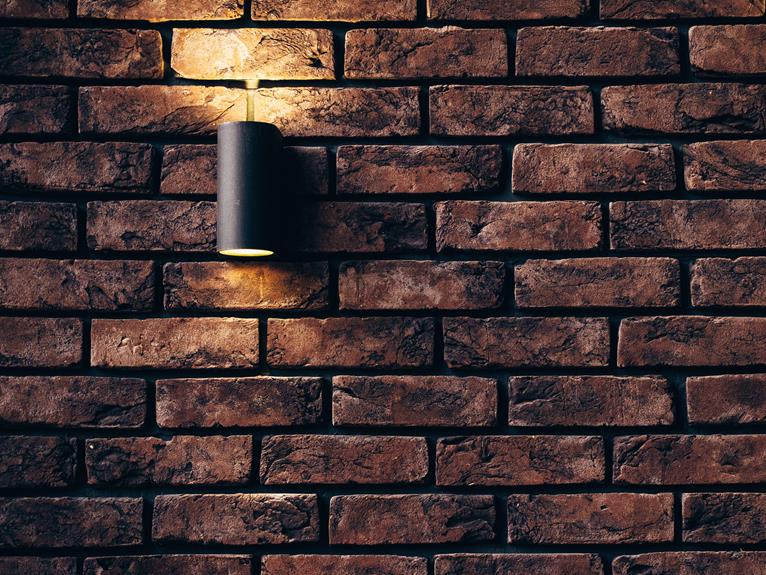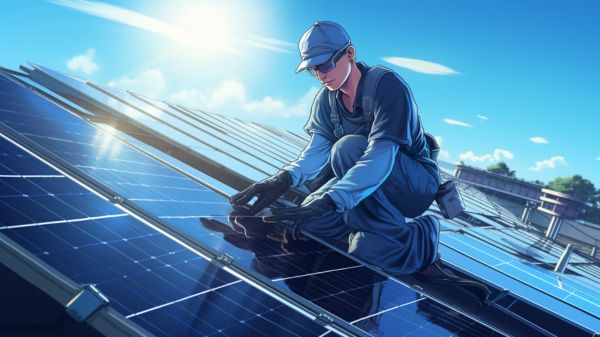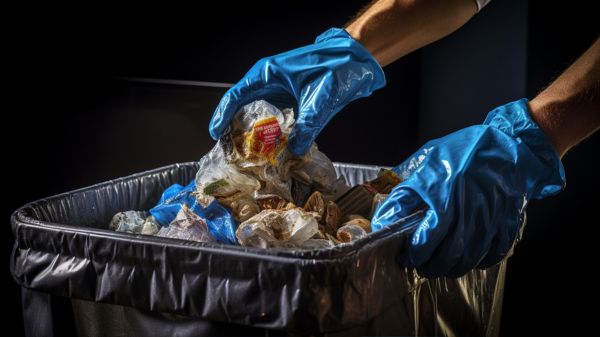Green Home Insulation: Essential for Eco-Friendly Living
Looking to make your home more eco-friendly? Look no further than green home insulation! With its ability to keep your home warm in the winter and cool in the summer, green insulation is essential for reducing your carbon footprint.
Not only will it save you money on energy bills, but it will also contribute to a healthier planet. Discover the benefits of green home insulation and learn how to install it in this informative article. Join the eco-friendly movement and create a greener, more sustainable home today!
Types of Sustainable Insulation Materials
When choosing sustainable insulation materials for your green home, consider the following options.
One option is recycled newspaper insulation, which is made from shredded newspapers treated with fire-retardant chemicals. This type of insulation is effective in reducing heat loss and is an environmentally friendly choice as it diverts waste from landfills.
Another option to consider is cork insulation, which is made from the bark of cork oak trees. Cork insulation is a renewable and natural material that offers excellent thermal and acoustic insulation properties. It’s also resistant to moisture, mold, and pests. Additionally, cork insulation is a sustainable choice as the cork trees aren’t cut down during harvesting, allowing them to continue absorbing carbon dioxide and releasing oxygen.
Both recycled newspaper insulation and cork insulation are great choices for your green home, providing insulation while promoting sustainability.
Benefits of Green Home Insulation
To fully understand the benefits of green home insulation, it’s important to consider the advantages it brings to both your comfort and the environment. Green home insulation not only helps to regulate the temperature inside your home, but it also has a positive environmental impact. Here are four benefits of green home insulation:
- Energy efficiency: Green insulation materials, such as cellulose or recycled denim, can significantly reduce heat loss or gain, leading to lower energy consumption and cost savings.
- Reduced carbon footprint: By using sustainable insulation materials, you can minimize your home’s carbon emissions and contribute to a greener planet.
- Improved indoor air quality: Green insulation materials are often free from harmful chemicals, reducing the risk of respiratory issues and allergies.
- Noise reduction: Green insulation can also act as a sound barrier, reducing noise pollution and creating a more peaceful and comfortable living environment.
Investing in green home insulation not only benefits your health and comfort but also helps to protect the environment.
Cost-Effective Eco-Friendly Insulation Options
If you’re looking for cost-effective eco-friendly insulation options, consider the following choices.
When it comes to sustainable insulation installation, one option to consider is cellulose insulation. Made from recycled paper products, it’s an affordable and environmentally friendly choice.
Another option is recycled denim insulation, which is made from old denim jeans and offers excellent thermal and sound insulation.
For those with older homes, green insulation options such as wool insulation can be a great choice. Wool insulation isn’t only sustainable but also has natural fire-retardant properties.
Additionally, spray foam insulation made from renewable materials like soy or castor oil can be an effective and eco-friendly option.
Energy Efficiency and Green Insulation
Make your home more energy-efficient and eco-friendly with the use of green insulation. By choosing the right insulation materials and techniques, you can significantly reduce your carbon footprint and create a more sustainable living environment. Here are four ways green insulation can improve the energy efficiency of your home:
- Proper insulation reduces heat loss and gain, keeping your home at a comfortable temperature year-round.
- Green insulation materials, such as cellulose and recycled denim, are made from renewable resources and have lower embodied energy compared to traditional insulation.
- Air sealing, combined with insulation, prevents drafts and air leaks, reducing the need for excessive heating and cooling.
- Installing insulation in key areas like attics, walls, and floors can lead to substantial energy savings and lower utility bills.
With energy efficient home design and the right choice of insulation, you can create a sustainable and comfortable living space while reducing your impact on the environment.
Tips for Installing Environmentally Friendly Insulation
When installing environmentally friendly insulation in your home, it’s important to consider the proper techniques and materials to maximize energy efficiency. Here are some tips for proper installation and eco-friendly insulation installation techniques.
- Seal air leaks: Before installing insulation, make sure to seal any air leaks in your home. This will prevent drafts and ensure that your insulation is working effectively.
- Choose the right insulation material: There are many eco-friendly insulation options available, such as cellulose, recycled denim, and hemp. Research and choose the material that best suits your needs and values.
- Install insulation properly: Follow the manufacturer’s instructions carefully when installing insulation. Pay attention to the recommended thickness and density for maximum energy efficiency.
- Use recycled materials: Look for insulation made from recycled materials to reduce your environmental impact.
Conclusion
So, if you’re considering making your home more eco-friendly, green home insulation is a must. It not only helps reduce energy consumption and lower utility bills, but it also minimizes environmental impact.
While some may argue that green insulation options are more expensive upfront, the long-term benefits far outweigh the initial costs. Plus, with a variety of sustainable insulation materials and cost-effective options available, you can find a solution that suits your budget and helps protect the planet.






